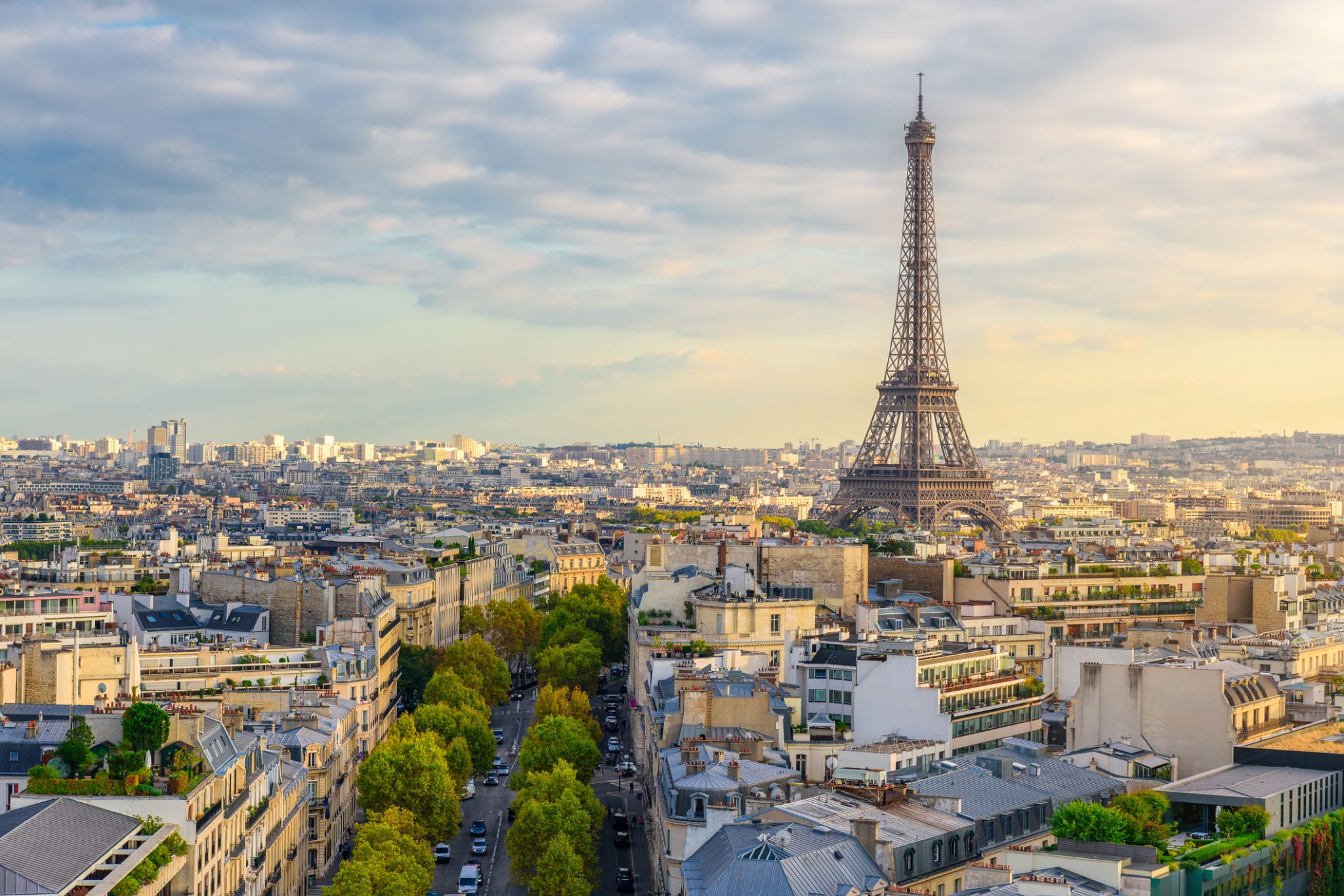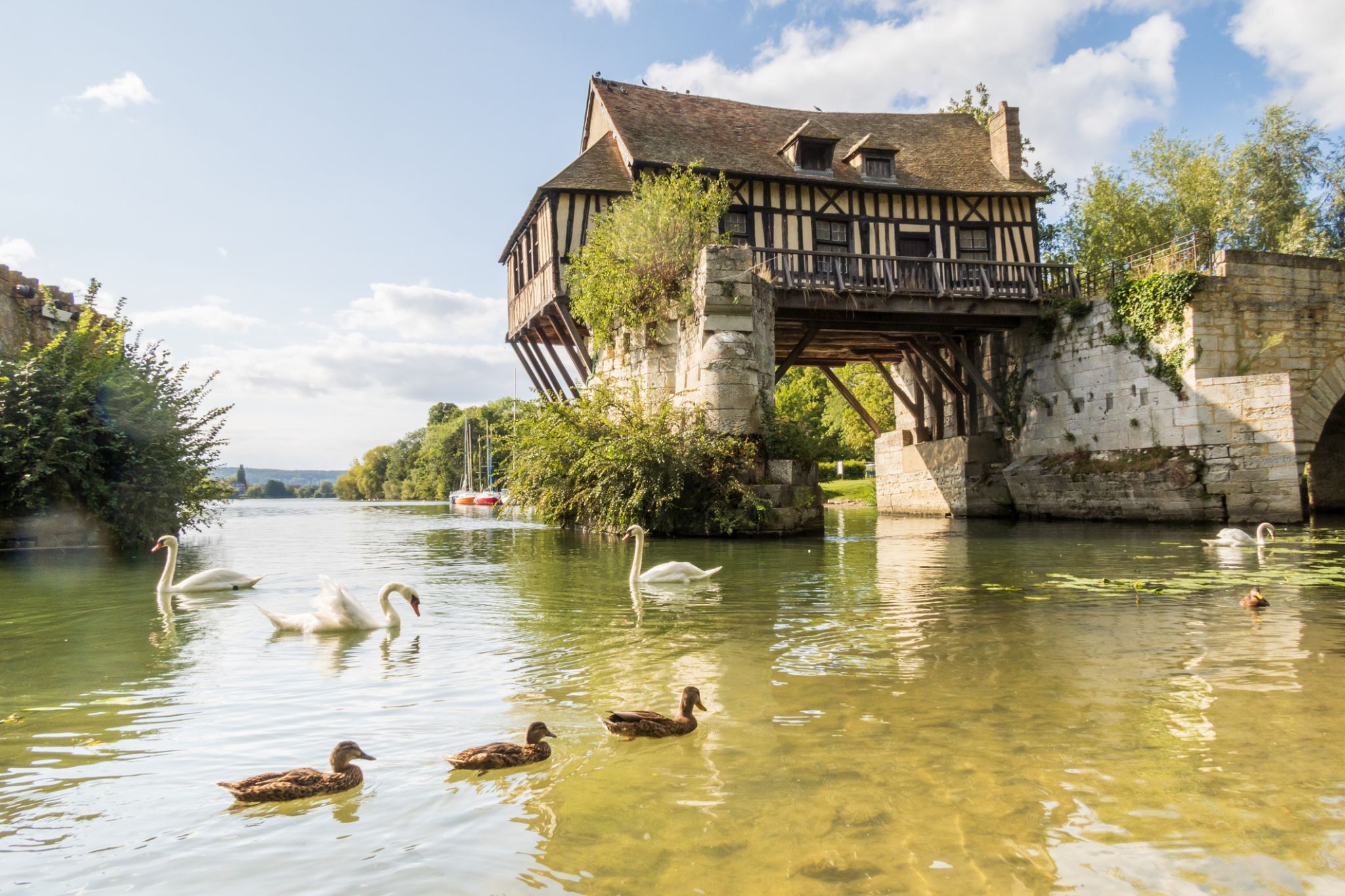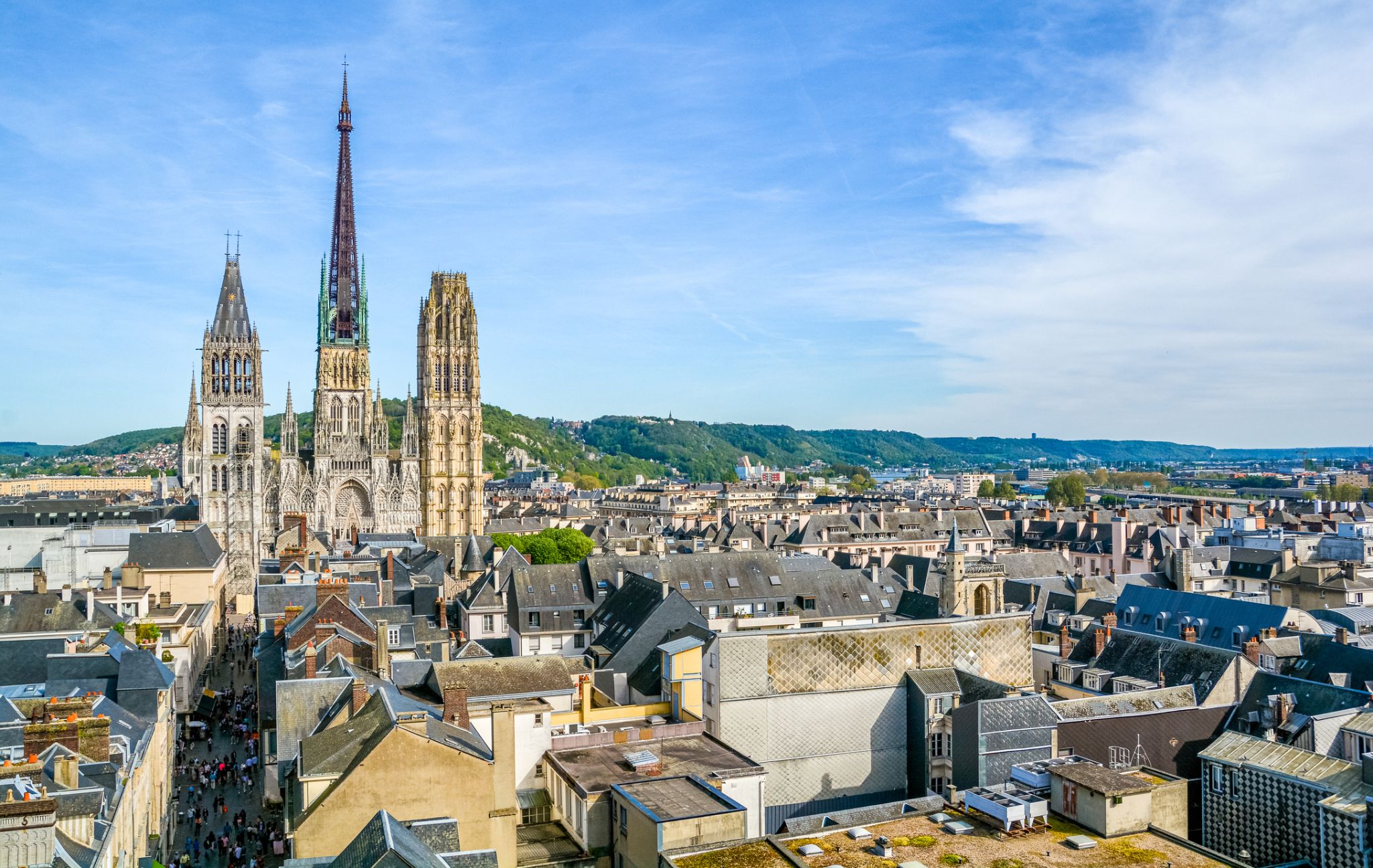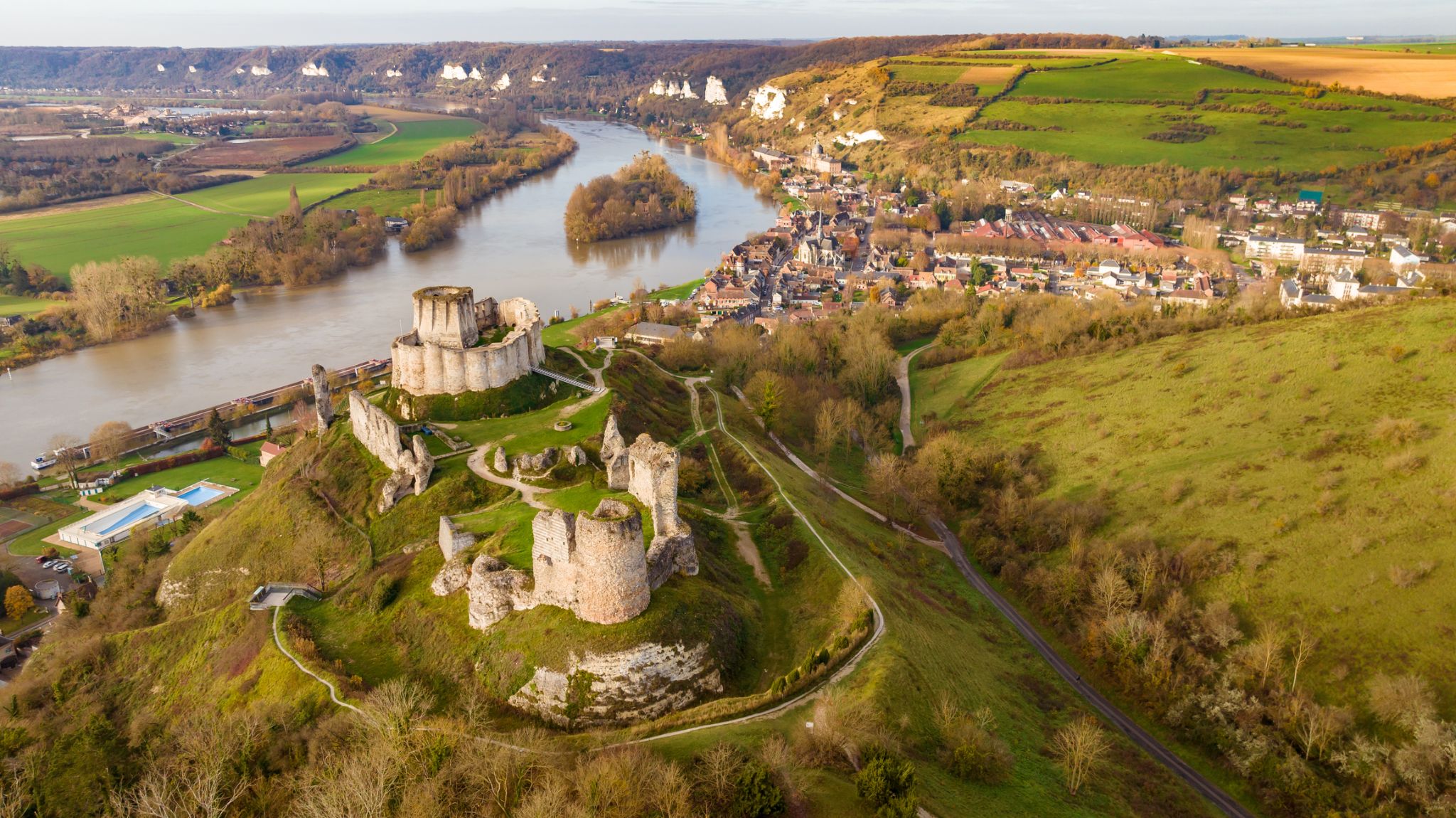

| Cruise Region : Europe |
| Company : Viva Cruises |
| Ship : VIVA BEYOND |
| Journey Start : Mon 21 Dec 2026 |
| Journey End : Sun 27 Dec 2026 |
| Count Nights : 6 nights |
| Day | Date | Port | Arrival | Departure |
|---|---|---|---|---|
| 1 | 21.12 Mon | Paris / France | ||
| 2 | 22.12 Tue | Paris / France | 23:00 | |
| 3 | 23.12 Wed | Poissy / France | 07:00 | 14:00 |
| 3 | 23.12 Wed | Vernon / France | 18:30 | |
| 4 | 24.12 Thu | Rouen / France | 18:00 | |
| 4 | 24.12 Thu | Vernon / France | 11:00 | |
| 5 | 25.12 Fri | Rouen / France | ||
| 6 | 26.12 Sat | Les Andelys / France | 08:00 | 14:00 |
| 6 | 26.12 Sat | Rouen / France | 03:00 | |
| 7 | 27.12 Sun | Paris / France | 04:30 |
VIVA All-Inclusive
Breakfast, Lunch, Dinner
Full board: breakfast buffet, lunch and dinner (gourmet menus served at the table) plus snacks. Free choice of table and flexible meal times.
Drinks all day
Hot and cold non-alcoholic beverages, plus a selection of alcoholic drinks. See bar menu for details.
High Tea
Once per trip: sweet and savory treats — scones, sandwiches, cupcakes, chocolates, macarons. Variety of teas included.
Welcome Drink
A warm welcome with a glass of champagne — to a wonderful stay on board.
RITUALS Beauty Products
Selected products for care and relaxation.
Minibar and Water Bottle
Daily replenished minibar and reusable bottle in the cabin.
Wi-Fi on board
Free and stable internet for comfortable use.
Tips included
All crew services are included in the price.
Payment
A 30% deposit is required at the time of booking.
Final payment must be made no later than 60 days before the cruise starts.
Cancellation
More than 120 days before departure – 10% of the total cost.
119–90 days – 20%.
89–30 days – 40%.
29–15 days – 60%.
14–1 day – 80%.
On the day of departure – 100%.
Rebooking
Changes to the booking are possible no later than 90 days before the cruise starts.
Fee – 50 EUR per person.
Passenger substitution
Allowed no later than 9 days before the cruise starts.
Fee – 50 EUR.

the capital of France, on the Seine River; population 2,203,817 (2006). Paris was held by the Romans, who called it Lutetia, and by the Franks, and was established as the capital in 987 under Hugh Capet. It was organized into three parts—the Île de la Cité (an island in the Seine), the Right Bank, and the Left Bank—during the reign of Philippe-Auguste 1180–1223. The city's neoclassical architecture dates from the modernization of the Napoleonic era, which continued under Napoleon III, when the bridges and boulevards of the modern city were built.

the capital of France, on the Seine River; population 2,203,817 (2006). Paris was held by the Romans, who called it Lutetia, and by the Franks, and was established as the capital in 987 under Hugh Capet. It was organized into three parts—the Île de la Cité (an island in the Seine), the Right Bank, and the Left Bank—during the reign of Philippe-Auguste 1180–1223. The city's neoclassical architecture dates from the modernization of the Napoleonic era, which continued under Napoleon III, when the bridges and boulevards of the modern city were built.


Vernon is a small French town with a population of 25,000 people, located in the Eure department, which is part of the Upper Normandy region.
Vernon is an ancient town. Throughout its existence, it has played strategic roles and witnessed numerous battles. During World War II, Vernon was completely destroyed but was rebuilt literally from the ruins. The most famous landmark of Vernon is the Old Mill. It is a timber-framed and brick structure that rests on two piers of an old destroyed bridge across the Seine. The bridge was built in the 12th century, while the mill dates back to around the 16th century.

Rouen is a city on the River Seine in the north of France. It is the capital of the region of Normandy. Formerly one of the largest and most prosperous cities of medieval Europe, Rouen was the seat of the Exchequer of Normandy during the Middle Ages. It was one of the capitals of the Anglo-Norman dynasties, which ruled both England and large parts of modern France from the 11th to the 15th centuries.
The population of the metropolitan area (in French: agglomération) at the 2011 census was 655,013, with the city proper having an estimated population of 111,557. People from Rouen are known as Rouennais.

Vernon is a small French town with a population of 25,000 people, located in the Eure department, which is part of the Upper Normandy region.
Vernon is an ancient town. Throughout its existence, it has played strategic roles and witnessed numerous battles. During World War II, Vernon was completely destroyed but was rebuilt literally from the ruins. The most famous landmark of Vernon is the Old Mill. It is a timber-framed and brick structure that rests on two piers of an old destroyed bridge across the Seine. The bridge was built in the 12th century, while the mill dates back to around the 16th century.

Rouen is a city on the River Seine in the north of France. It is the capital of the region of Normandy. Formerly one of the largest and most prosperous cities of medieval Europe, Rouen was the seat of the Exchequer of Normandy during the Middle Ages. It was one of the capitals of the Anglo-Norman dynasties, which ruled both England and large parts of modern France from the 11th to the 15th centuries.
The population of the metropolitan area (in French: agglomération) at the 2011 census was 655,013, with the city proper having an estimated population of 111,557. People from Rouen are known as Rouennais.

Les Andelys (French pronunciation: [lez‿ɑ̃dli]; Norman: Les Aundelys) is a commune in the Eure department in Normandy in northern France.

Rouen is a city on the River Seine in the north of France. It is the capital of the region of Normandy. Formerly one of the largest and most prosperous cities of medieval Europe, Rouen was the seat of the Exchequer of Normandy during the Middle Ages. It was one of the capitals of the Anglo-Norman dynasties, which ruled both England and large parts of modern France from the 11th to the 15th centuries.
The population of the metropolitan area (in French: agglomération) at the 2011 census was 655,013, with the city proper having an estimated population of 111,557. People from Rouen are known as Rouennais.

the capital of France, on the Seine River; population 2,203,817 (2006). Paris was held by the Romans, who called it Lutetia, and by the Franks, and was established as the capital in 987 under Hugh Capet. It was organized into three parts—the Île de la Cité (an island in the Seine), the Right Bank, and the Left Bank—during the reign of Philippe-Auguste 1180–1223. The city's neoclassical architecture dates from the modernization of the Napoleonic era, which continued under Napoleon III, when the bridges and boulevards of the modern city were built.